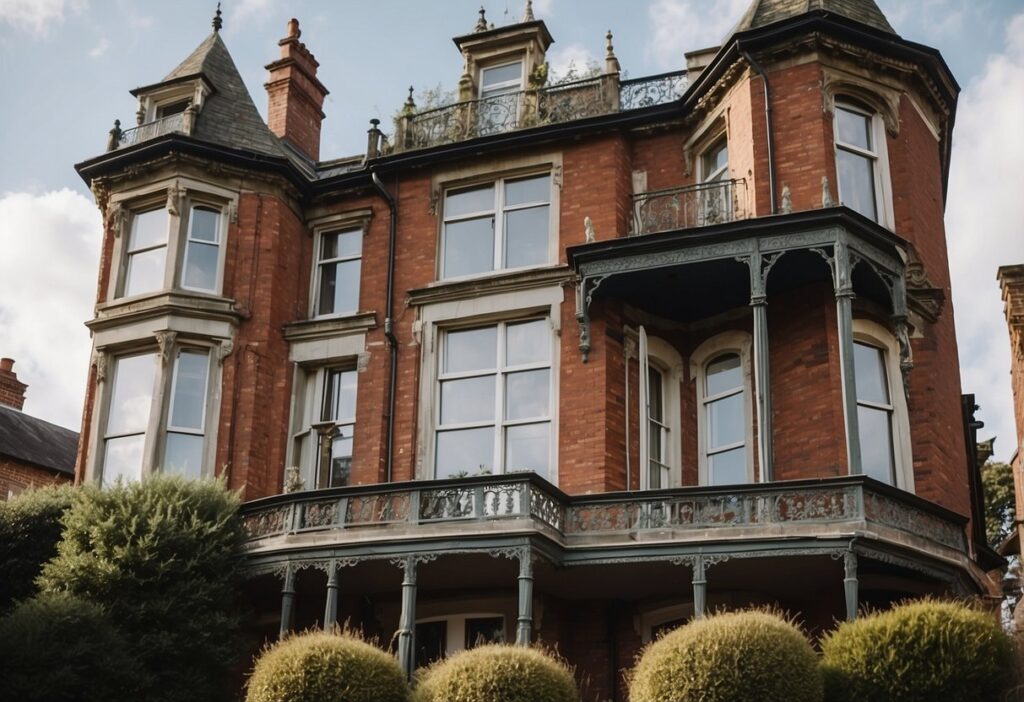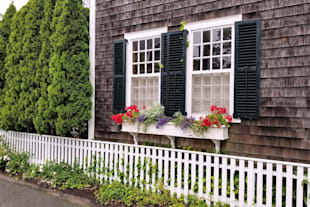Sash windows have a long and fascinating history, rooted in centuries of architectural innovation and cultural change. Dating back to the late 16th century, these windows originated from designs possibly derived from the Yorkshire sash or similar styles from Holland or France. Their initial development coincided with important historical events like the Great Fire of London in 1666, which influenced building regulations and ultimately affected window design.
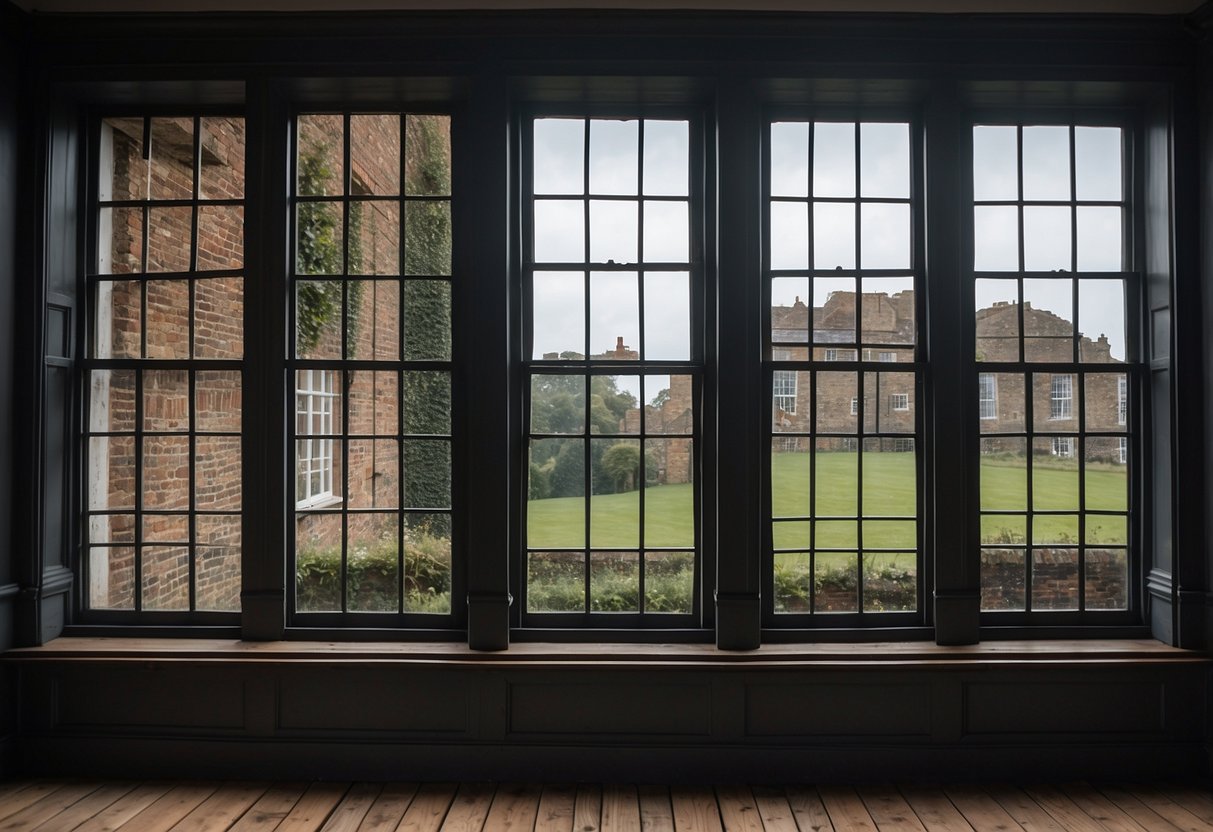
The Evolution of Sash Windows
The evolution of sash windows reflects broader trends in technology and architectural styles over the years. By the late 17th century, notable figures such as Sir Christopher Wren integrated these windows into significant structures, enhancing their popularity and prestige. The adoption of sash windows by prominent architects of the time reinforced their legacy and solidified their place in British heritage.
These windows are more than just functional elements; they are a testament to the enduring charm and adaptability of traditional design. Throughout the centuries, sash windows have continually adapted to meet new technological advancements and aesthetic preferences, ensuring their continued relevance in modern architecture. Their journey through history offers a glimpse into the evolving nature of our built environment and the lasting impact of thoughtful design.
Origins and Early Development
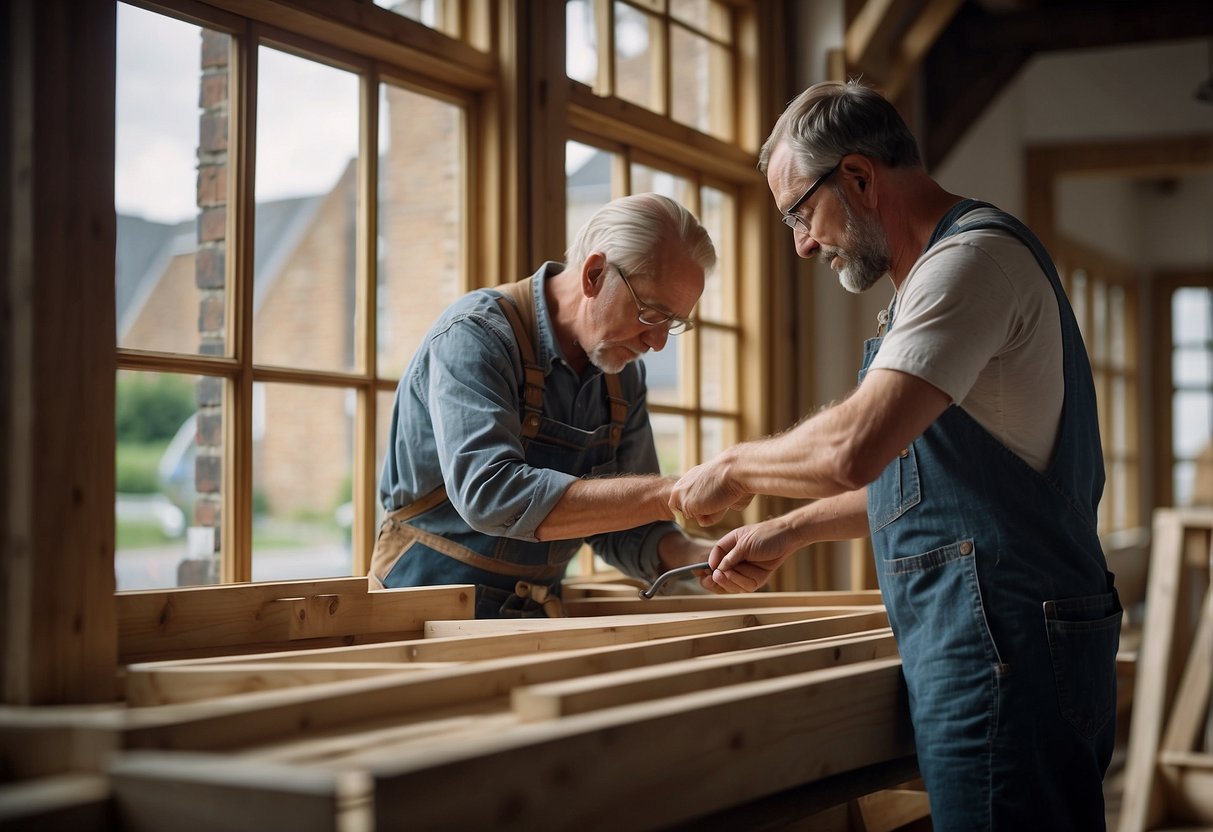
The origins and early development of sash windows showcase their evolution from simple, practical designs to more elaborate structures that became central to architectural styles. Their invention is often debated and is closely tied to innovations in glass production and building techniques.
17th Century Beginnings
Sash windows first appeared in the late 17th century, with the oldest surviving examples installed in England in the 1670s. These windows were initially made of wood, featuring a vertical sliding mechanism comprising cords and weights for balance. The invention of the sash window is sometimes credited to the English polymath Robert Hooke, although there is no conclusive evidence.
Others argue that the sash window design could originate from Holland or France. Notably, the term “sash” is derived from the French word “chassis,” meaning frame. These early designs were functional and allowed for better light and ventilation compared to previous window styles. Their introduction marked a significant step in glass production and glazing technology, enabling larger panes of glass to be used effectively.
The Great Fire of London’s Influence
The Great Fire of London in 1666 played a crucial role in the development of sash windows. After the fire, new building regulations were introduced to reduce the risk of future fires. Sash windows, with their wooden frames and vertical sliding mechanism, were considered safer than other window designs as they were less likely to open outward and spread flames.
This led to their widespread adoption in the rebuilding of London. The window frames were embedded into the masonry, providing additional fire resistance. The post-fire rebuilding efforts saw improvements in glazing and window design, making sash windows more efficient and robust. These advancements formed the basis for various styles of sash windows that followed in the 18th and 19th centuries.
Enhanced by innovations in glass production, the use of sash windows grew rapidly. They became a defining feature in Georgian and Victorian architecture due to their practicality and aesthetic appeal. The incorporation of weights and cords also allowed for smoother operation, leading to their enduring popularity in British architecture.
Architectural Significance and Style
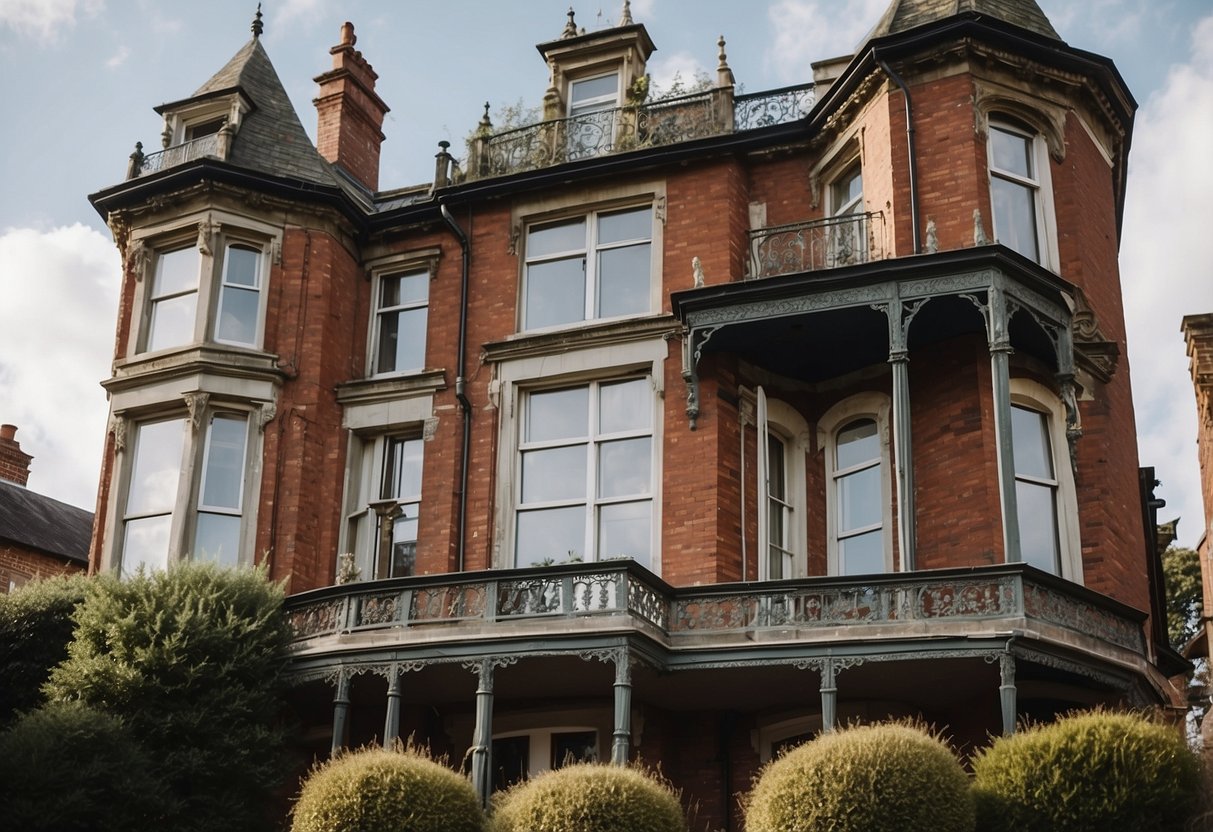
The sash window, with its rich history, played a pivotal role defining various architectural styles. From the Georgian elegance to the Victorian and Edwardian modifications, each period contributed distinct features and innovations.
Georgian Sash Windows
Georgian sash windows are known for their symmetry and proportional elegance. They typically have six panes per sash, a design that maximises natural light while maintaining a balanced look. The use of slender glazing bars made these windows both functional and aesthetically pleasing.
These windows reflect the principles of Georgian architecture, focusing on order and balance. They are often found in rows of terraced houses and grand country estates. The true Georgian sash windows often feature a white paint finish, which enhances their classic, clean lines.
Victorian and Edwardian Modifications
Victorian sash windows saw more ornate designs with decorative elements such as stained glass and intricately carved woodwork. These windows were typically larger and often had a single vertical glazing bar, creating two panes per sash. This period also introduced bay windows, which enhanced the room’s space and light.
Moving into the Edwardian period, sash windows retained some Victorian elements but were generally simpler and more refined. Edwardian sash windows often combined features such as box sashes with canted bay structures. The use of fewer, but larger, panes maintained a connection to the outdoors, aligning with the period’s emphasis on letting in more natural light.
Each era brought its unique twist to the sash window, combining functionality with distinctive style elements that continue to be admired today.
Technological Advancements and Material Innovation
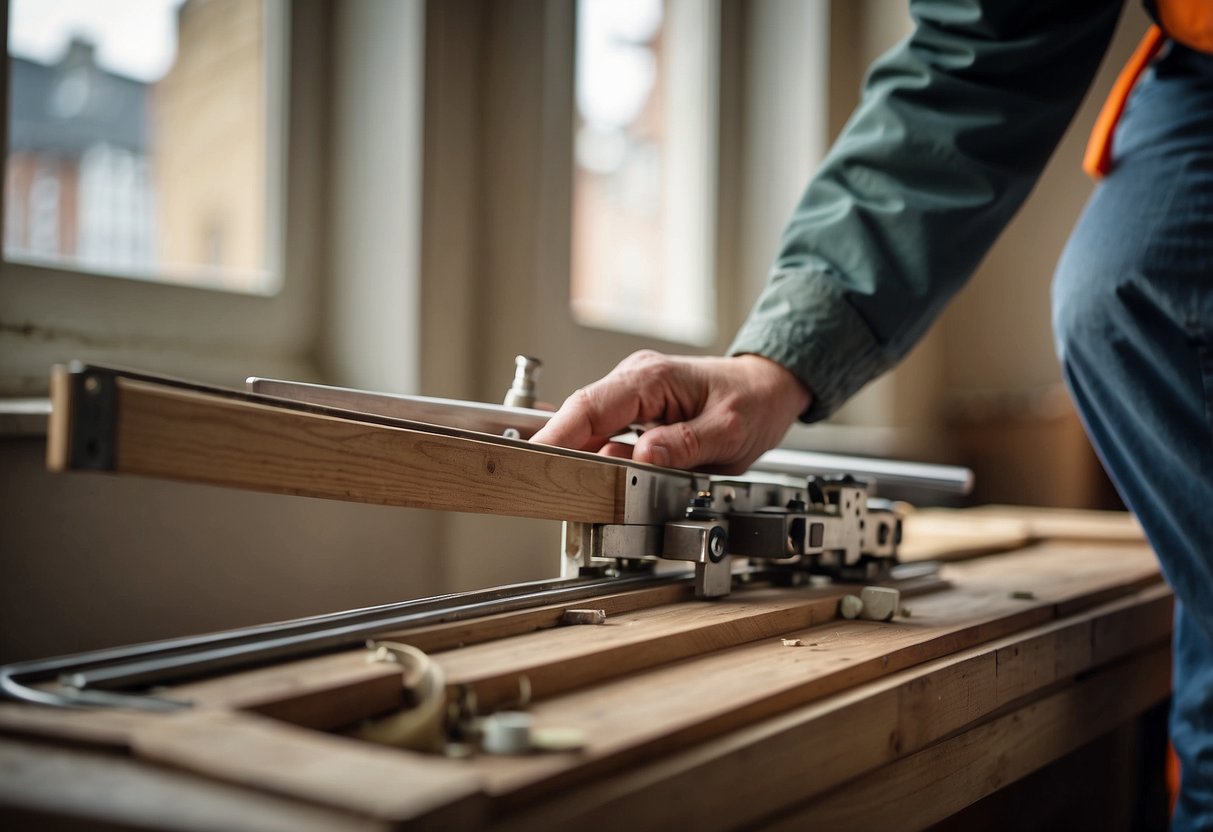
Technological advancements have transformed sash windows, improving energy efficiency and durability. Innovations in materials like glass, PVC, and aluminium have significantly impacted window design.
From Glass Panes to Glazing Bars
In the Victorian era, advancements in glass production allowed for larger glass panes. This led to the popular “two-over-two” configuration, where each sash contained two large panes. Before this, smaller panes were common, divided by wooden glazing bars to support the structure. With the new method of manufacturing, the need for glazing bars was reduced, creating a cleaner look.
Modern sash windows often include double glazing, which enhances insulation and reduces noise. This development has made sash windows more energy-efficient, addressing concerns about heat loss. Timber remains a popular material for sash windows, offering a traditional aesthetic, while also benefiting from modern treatments that improve durability.
The Advent of PVC and Aluminium
The introduction of PVC and aluminium in the 20th century marked a significant shift in sash window materials. PVC, particularly uPVC, offered a low-maintenance option that resisted rot and weather damage. uPVC windows are also energy-efficient, providing better insulation compared to traditional timber frames.
Aluminium, known for its strength and lightness, allowed for thinner frames, letting in more light. This material does not warp or rust, making it durable and long-lasting. While aluminium and uPVC windows are popular for their functional benefits, their appearance can be tailored to replicate traditional styles, ensuring that modern sash windows can blend seamlessly with historical architecture.
Preservation, Repair, and Restoration
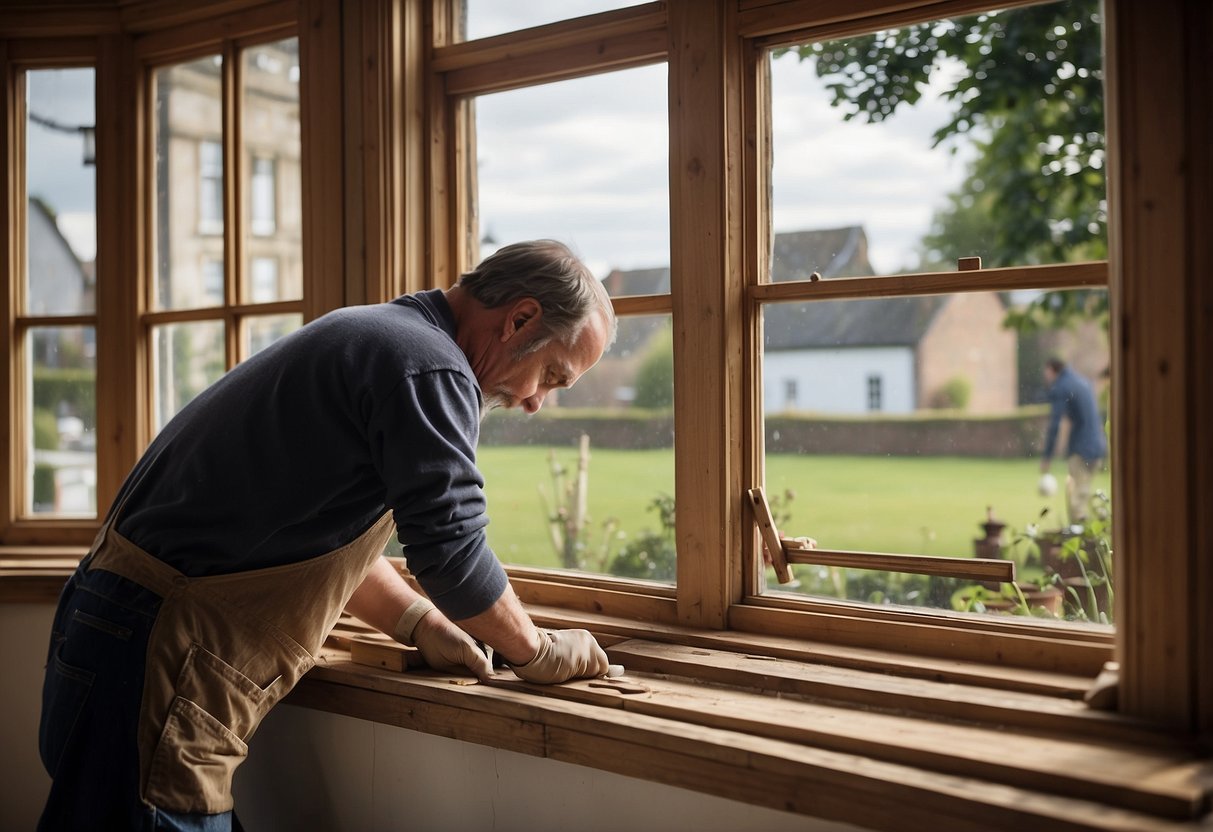
Preserving and restoring sash windows in historical buildings ensures their longevity and authenticity. Key focus areas include maintaining historical integrity while incorporating modern restoration methods for improved energy efficiency and durability.
Challenges in Maintaining Historical Integrity
Maintaining the historical integrity of sash windows in listed buildings involves addressing issues such as rot and decay. The high-quality timber used in pre-1919 sash windows is durable, but time and exposure to the elements can cause damage.
Repairs are often necessary to preserve the original materials and craftsmanship. Incorrect methods or materials can detract from the heritage value and aesthetic of the building.
Careful sourcing of historically accurate materials and techniques is vital. This approach helps maintain the authenticity and appearance of the windows, ensuring they blend seamlessly with the structure of historical buildings.
Modern Approaches to Sash Window Restoration
Modern sash window restoration techniques focus on repairing rather than replacing the windows to retain historical quality. Advanced materials and methods allow for improvements without compromising the original design.
Durable materials resistant to rot and decay are often used. Energy-efficient glazing can be added to improve thermal performance while keeping the traditional look.
Specialist companies provide services to enhance the longevity and energy efficiency of sash windows. These services often include draughtproofing and sealing to reduce heat loss, which is crucial for maintaining both comfort and energy efficiency in historical buildings.
For further details on maintaining authenticity and modern restoration methods, visit Historic England’s resource and Ventrolla’s article.
The Future of Sash Windows
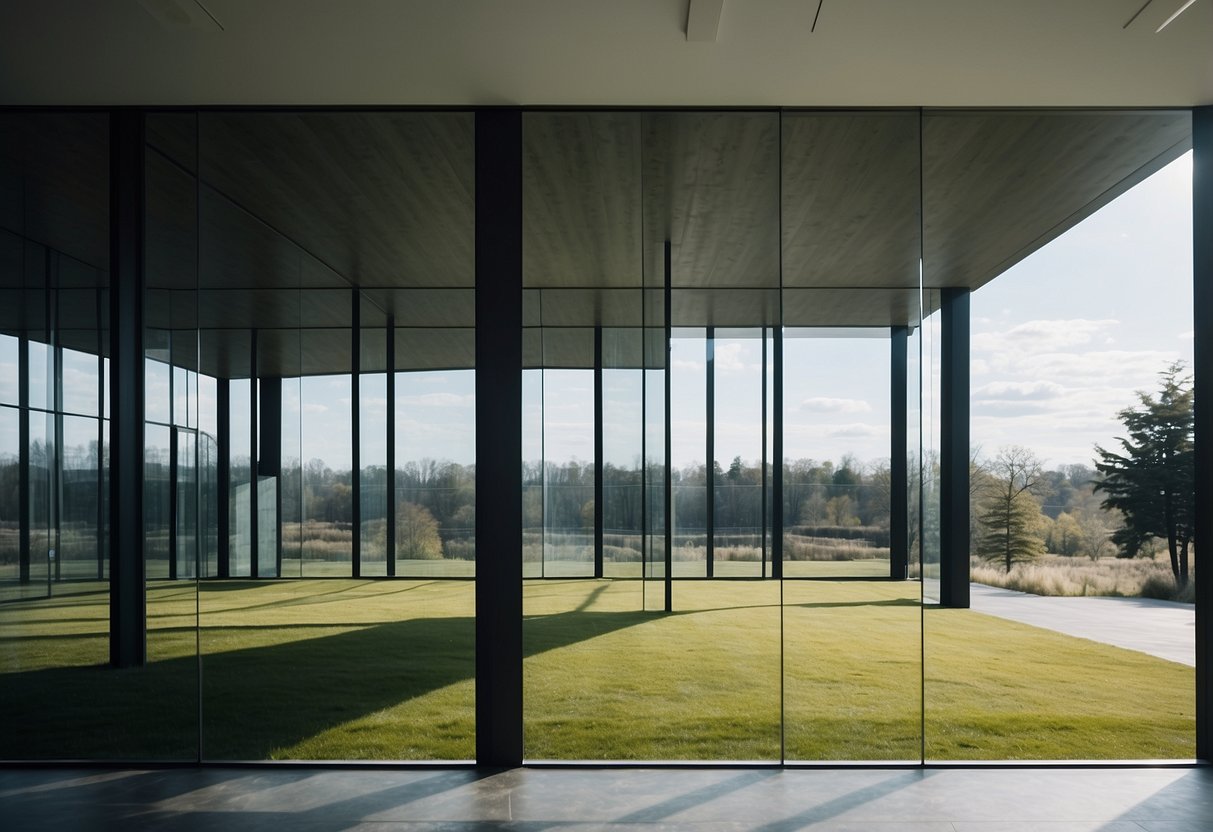
The future of sash windows holds promises of enhanced energy efficiency and new trends in contemporary design. These advancements ensure the sash window remains both functional and stylish for modern homes.
Innovations in Energy Efficiency
Future sash windows are set to offer better energy efficiency. Modern materials, like double glazing and thermally broken frames, help minimise heat loss. This change greatly reduces energy bills and ensures homes stay warm in winter and cool in summer.
The use of low-emissivity coatings on glass further boosts thermal performance. These coatings reflect heat back into the room while allowing natural light to pass through. This keeps the aesthetic appeal of sash windows while improving comfort.
Triple glazing is also becoming popular. It provides sound insulation and more energy efficiency. New sealing techniques around window frames stop draughts and improve performance.
Continuing the Legacy in Contemporary Design
Architects are incorporating sash windows into contemporary designs, maintaining their timeless elegance while adding modern twists. Sleek frames and larger glass panes offer better views and enhance natural light in rooms.
Customisation options allow homeowners to choose from a variety of finishes, colours, and materials. This ensures the windows match the style of any modern home, blending the old with the new elegantly.
Modern sash windows are also easier to use. Innovative mechanisms like tilt-and-swipe functionalities simplify cleaning and maintenance. The windows are keeping their heritage look while integrating smoothly into today’s housing trends. This continuing evolution ensures sash windows remain a beloved feature in architecture.
